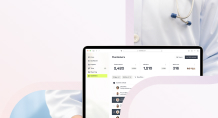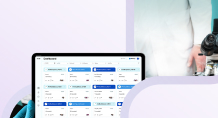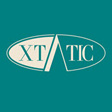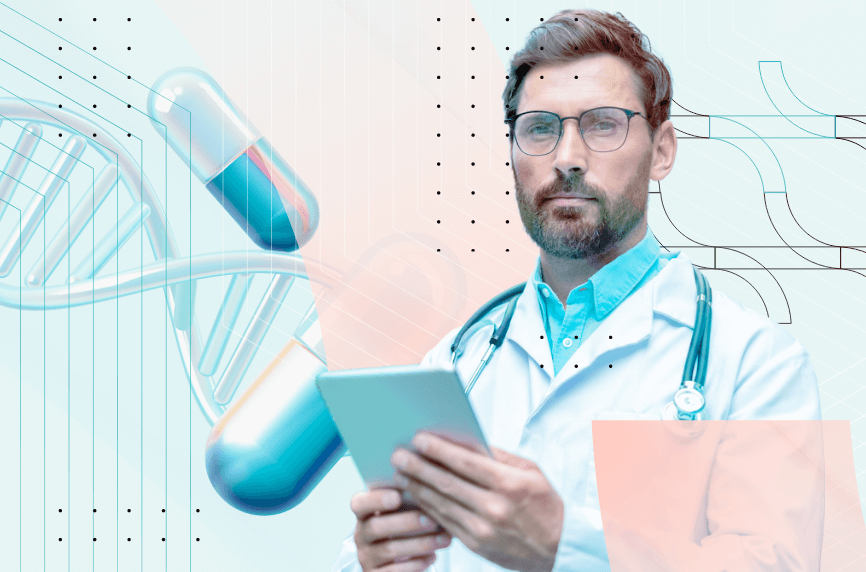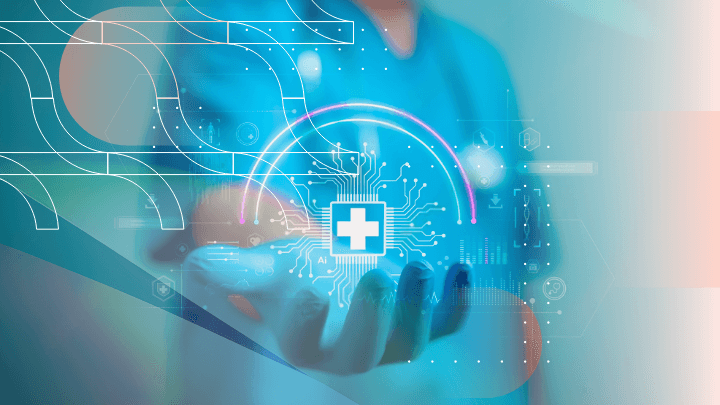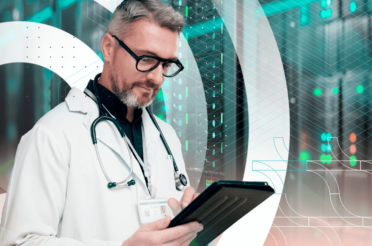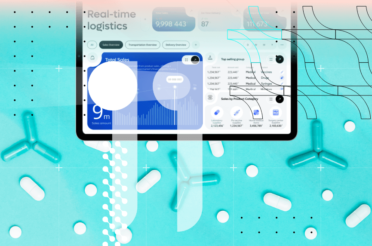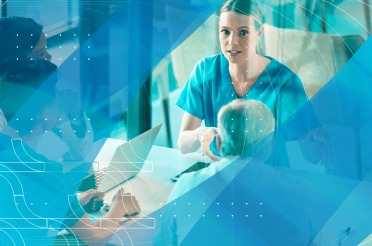Around 30% of the world’s data is produced by the healthcare sector, and by 2025, that figure is expected to jump to 36%.[1]
Despite this, above 60% of experts are utilizing this healthcare data effectively to make informed decisions.[2] The contrast between data generation and usage is staggering, but thankfully the solution lies in health informatics.
Definition of health informatics
Health informatics is a mix of information technology, data, and knowledge management. In practice, it gathers, processes, and analyzes healthcare information. The aim is to improve health outcomes and provide accurate and accessible data at the right time.
By using computer science, medical records, and clinical research, health informatics combines medicine with technology. Thus, it allows healthcare organizations to make more informed decisions.
Health informatics involves nursing informatics, public health informatics, and clinical informatics. Each subfield improves various aspects of healthcare.
For instance, nursing informatics focuses on improving patient care via better management of electronic health records (EHRs). By contrast, public health informatics aims to manage population health trends through health data and analytics.
Key features of health informatics
Health informatics experts use several methods to manage healthcare information.
Some of the main features that define the health informatics field include:
- Electronic Health Records (EHRs): they are one of the cornerstones of the healthcare field. EHRs are digital medical records that give healthcare professionals instant and remote access to patient data. As a consequence, a doctor can make more accurate and quick decisions. EHRs replace many of the needed paper charts. Thus they improve human health and enhance data security.
- Clinical Decision Support Systems (CDSS): CDSS provides recommendations to healthcare professionals based on the current evidence even during patient consultations. These systems ensure that healthcare providers are equipped with the newest medical knowledge and guidelines, resulting in better patient outcomes.
- Health Information Exchange (HIE): HIE secures the seamless transfer of health information between healthcare providers. This system provides smoother communication between different organizations. The result is an improved continuity of care and a minimal number of medical errors.
- Health analytics: health informatics relies on data analytics to process a vast amount of biomedical data to produce actionable insights. Big data analytics allows healthcare organizations to identify trends. Thus they can optimize health care systems and increase overall efficiency. Health analytics is the key for analyzing health records and forecasting future healthcare outcomes.
- Personal Health Records (PHRs): much like EHRs, PHRs are medical records used by patients rather than healthcare experts. By controlling patients’ healthcare information, PHRs empower individuals to actively partake in their healthcare. This results in an improved overall health.
- Population health management: Using health informatics tools, public health organizations can gather and process health data at the population level. This then allows these organizations to identify health trends, manage chronic diseases, and tackle public health concerns. The results are better healthcare outcomes on a macro level.
The integration of health informatics tools, from EHRs to health analytics, represents a transformative shift in how healthcare is delivered and managed.
It’s not just about improving clinical workflows – these technologies create a ripple effect that leads to better care for individual patients and healthier outcomes for entire communities. By adopting these innovations, healthcare organizations can reduce errors, increase efficiency, and stay ahead in a fast-changing landscape. Ultimately, this makes care more personalized and effective for all.
Health informatics vs. traditional methods
When compared with conventional approaches, health informatics provides a substantial improvement in the management of medical records.
In the past healthcare organizations used paper-based systems. They were labor-intensive, error-prone, and inefficient. The manual entry of patient data frequently led to incomplete data, treatment delays, and a lack of cooperation between medical professionals.
Healthcare workers may now access and share patient information in real time thanks to the development of electronic health records and clinical informatics. Ensuring that all pertinent information is available during consultations promotes quicker response times and improved decision-making. Integrating health information systems, streamlining procedures, and enhancing team communication are all critical tasks performed by health informatics experts.
Collaboration between several departments or organizations was further hampered by traditional approaches because paper-based records were sometimes compartmentalized and inaccessible to outside sources. The use of HIE has fixed the issue as it allows for easy data sharing between healthcare systems.
As an added benefit, it also enhances coordination and cuts down on redundancies.
Benefits of health informatics for the healthcare industry
Several key benefits can be achieved through integrating medical informatics into the healthcare system. Let’s discuss the most important ones among them in the paragraphs below.
Improved patient care and safety
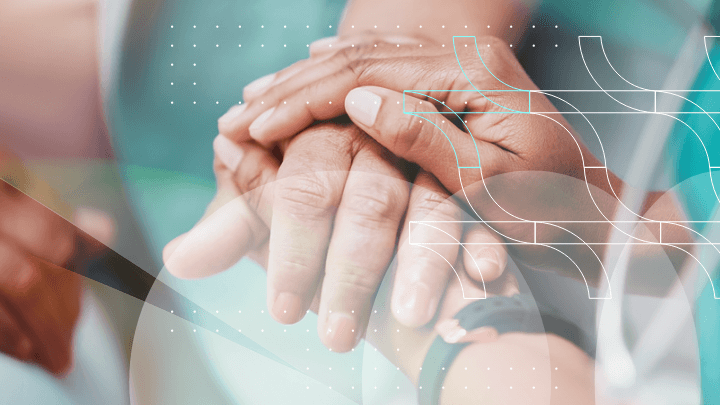
The most significant benefit of health information technology is in improving patient care. Healthcare providers have access to thorough, current patient data thanks to clinical decision support systems and electronic health record integrations. This helps them make better treatment decisions and diagnose patients more easily.
These tools are also used by professionals to guarantee patient safety and avoid medication errors.
Increased efficiency and cost savings
Health informatics systems streamline administrative duties like billing, scheduling, and medical coding. With them, healthcare personnel can concentrate on providing direct patient care as a result of the decreased demand for manual documentation.
Health informatics also helps the financial sustainability of healthcare organizations by reducing operating expenses and doing away with pointless tests and procedures.
Data-driven decisions
Modern health information management gives access to enormous volumes of clinical data. As a consequence, healthcare institutions can make well-informed judgments.
Through predictive analytics, professionals may anticipate patient requirements and recognize health hazards. All of these lead to better outcomes and more efficient use of resources.
Discover how we can help outsource Healthcare projects efficiently Speak to an expert today, and see how our on-demand IT talent and augmented teams can efficiently deliver value at every step of your roadmap.

Emerging trends in health informatics
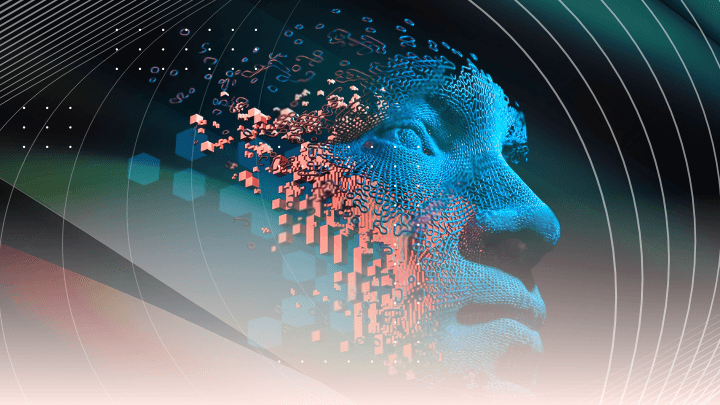
Here are several evolving trends in health informatics that are worth mentioning:
- Artificial Intelligence (AI) and machine learning: the software provides diagnostic precision, patient outcome prediction, and the ability to create customized treatment regimens. Additionally, large volumes of biomedical data can be analyzed by machine learning algorithms. They work by identifying trends that human observers might overlook.
- Precision medicine: treatment regimens are customized for each patient by precision medicine. It takes into account their genetic composition, way of life, and surroundings. This more individualized care is backed by health informatics. As a consequence, the treatment plan can be tailor-made for each individual.
- Big data analytics: through big data analysis it is possible to analyze population health patterns, disease outbreaks, and healthcare performance in great detail. Using these social informatics, healthcare organizations can make better-informed decisions. All are based on researching patient behaviors and current medical research. Thus they can optimize care delivery.
- Telemedicine expansion: Telemedicine’s uptake was expedited by the COVID-19 pandemic. However, its application is anticipated to rise further. Thanks to telemedicine the infrastructure for virtual consultations is here. This decreases the need for in-person appointments and improves access to care, especially in distant places.
All in all, the latest trends in health informatics are shaping a future where the healthcare industry is smarter, more personalized, and easier to access.
These technologies help doctors create custom treatments, predict patient outcomes, and make healthcare delivery more accessible, especially for people in remote areas. This shift is moving us toward a healthcare system that’s more responsive and focused on improving the everyday experience for both patients and providers.
Challenges in health informatics
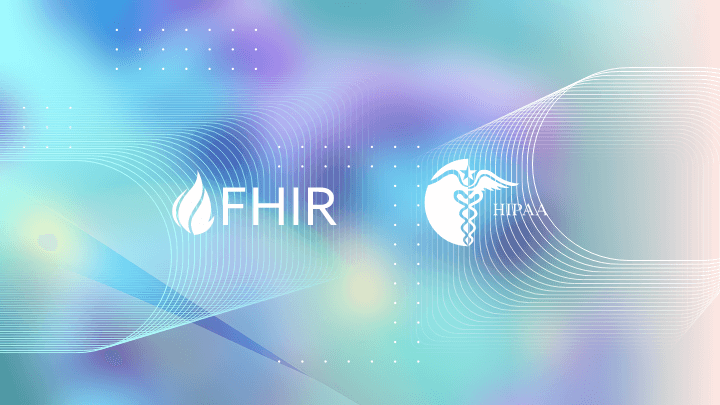
Although there are many advantages to health informatics, healthcare organizations have a number of obstacles to overcome.
Data security and privacy
Protecting sensitive patient data is a top priority in any digital field. This is the case with healthcare informatics as well to protect patient privacy. Namely, medical organizations must follow regulations such as the Health Insurance Portability and Accountability Act (HIPAA).
Methods for such protections are blockchain technology, encryption, and multi-factor authentication. As an alternative, healthcare facilities should think about working with a partner who specializes in handling these problems with healthcare software.
Interoperability issues
Data integration and interoperability are challenging since many healthcare organizations use disparate technologies and platforms. Care coordination may be hindered by data silos resulting from this lack of compatibility.
Ensuring seamless data transmission between systems begins with the adoption of standardized frameworks and protocols. Examples include the Fast Healthcare Interoperability Resources (FHIR).
Healthcare providers who are worried may also choose to roll out the software in stages. Thus, it is less likely that no major problems arise.
Training and adoption
When healthcare companies implement new technology, staff members who may not be familiar with the systems may oppose them. This could lead to a temporary loss of productivity and dissatisfaction among workers.
User-friendly interfaces and comprehensive training programs that enable the adoption of health informatics systems easier can be used to address the issue.
Conclusion
Health informatics has a bright future ahead of it. It has several advantages for patients and healthcare professionals alike. Health informatics lowers costs, increases operational efficiency, and improves patient care. Despite this, data security and interoperability are still issues.
Nevertheless, health informatics will continue to advance and continuously transform the healthcare sector. To facilitate this transformation, however, working with a trusted partner may be the key. They can take care of continuously updating safety measures and following regulations.
One such partner can be BGO Software – a specialist in healthcare IT.
Sources
Michigan Tech, What is Health Informatics?[1]
University of Illinois Chicago, The importance of data analytics in health informatics [2]


